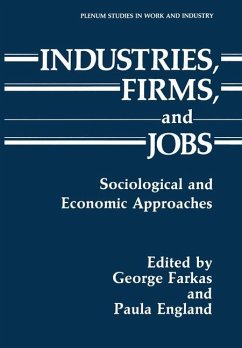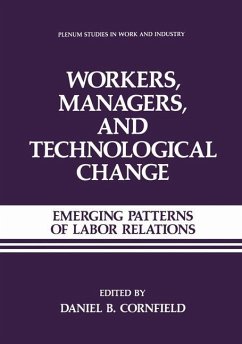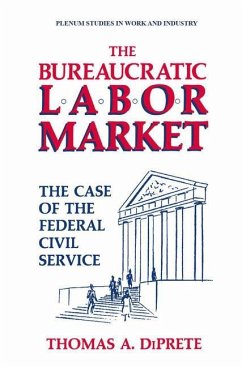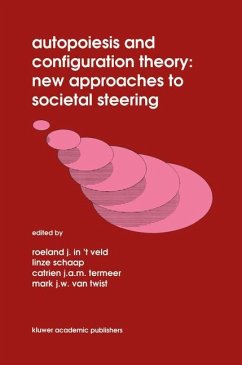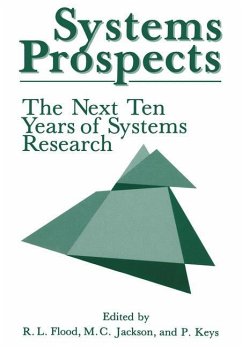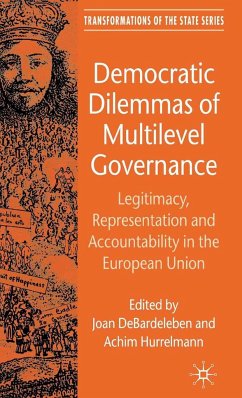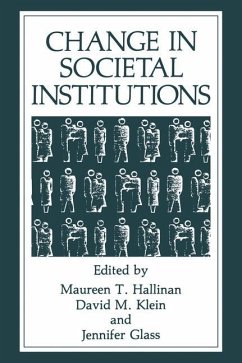
Change in Societal Institutions

PAYBACK Punkte
19 °P sammeln!
In the second half of the twentieth century, a number of researchers have conceptualized modern society as a social system composed of differenti ated yet interrelated institutional spheres. Commonly identified institu tional spheres are the family, religion, the economy, the polity or state, medicine or health care, religion, law, and education. The institutional perspective has sometimes been linked to a structural-functional frame work; it has often been asserted that institutions must be understood as parts of a larger whole operating at the societal level. Equally important have been rece...
In the second half of the twentieth century, a number of researchers have conceptualized modern society as a social system composed of differenti ated yet interrelated institutional spheres. Commonly identified institu tional spheres are the family, religion, the economy, the polity or state, medicine or health care, religion, law, and education. The institutional perspective has sometimes been linked to a structural-functional frame work; it has often been asserted that institutions must be understood as parts of a larger whole operating at the societal level. Equally important have been recent institutional theory and research focusing on the more microscopic dynamics of intrainstitutional change. The concern here has been processes governing the institutionalization of rules and practices and the formation and decline of particular social structures. Although valid and useful, neither of these perspectives has yielded a systematic comparative assessment of societal institutions. The aim of this edited volume is to meet this critical need. It brings together recent theo retical and empirical research on societal institutions in a time of rapid change. The chapters focus on how these institutions adapt to societal change and what the outcomes of these changes are.



